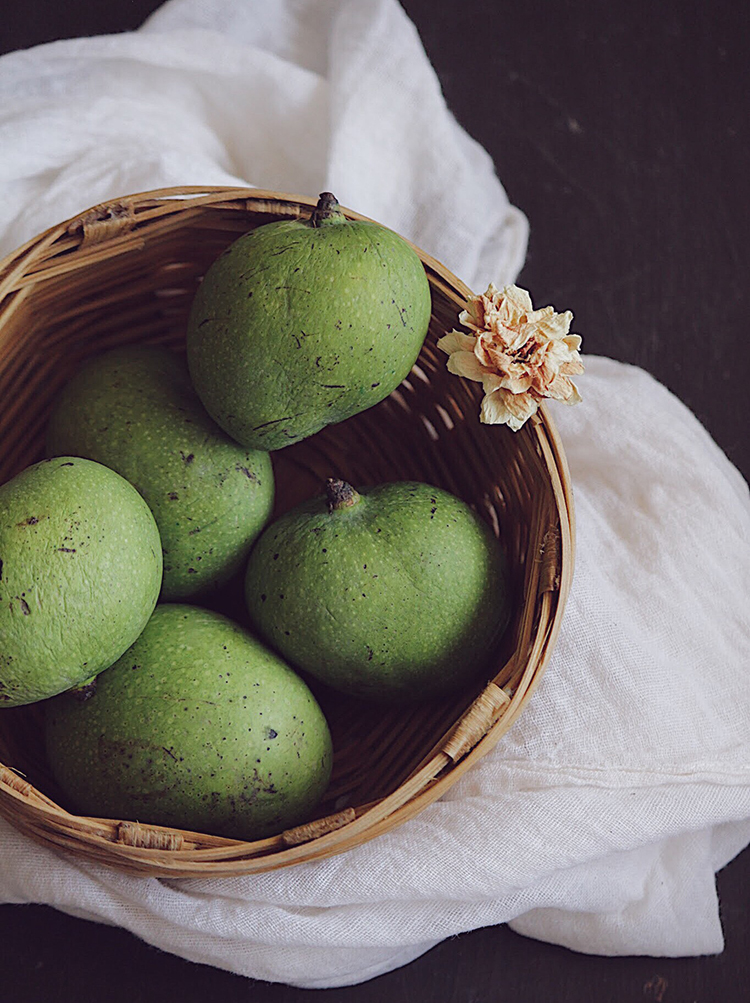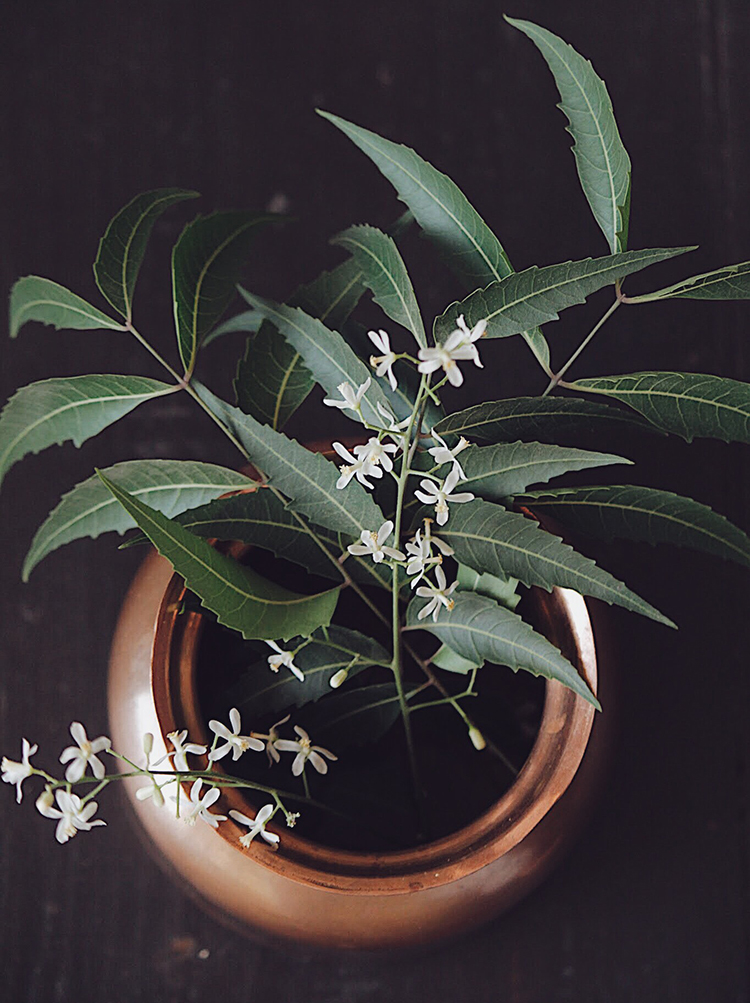



Behind the celebrations of the harvest festivals across India is a much deeper, older culture. One that lived in harmony with the rhythms of nature and revered all that the Earth offers

Society began with the advent of agriculture. Crop cultivation and domestication of animals led to settlements and these in turn led to the earliest proto-cities such as Mehrgarh around 8000 BCE. Ever since then, agriculture has been the bedrock of human sustenance. In the Indian subcontinent, a combination of climatic factors, including the fabled subcontinental monsoon – Varsha rtu – have made the land fertile enough to yield two distinct crop harvests – Kharif and Rabi – over one seasonal cycle.
As Basant rtu or spring arrives so do the harvest festivals because the Rabi crops are ripe for harvest. Traditionally, this season of agricultural renewal also starts the New Year for several communities across India. In the traditional Hindu calendar – Panchanga – the annual year begins with Basant, with the onset of Chaitra Mas or month. Across India traditional festivals mark the Rabi harvest and the beginning of a new year. There are variations of the same theme in different local traditions; by and large houses are cleaned and decorated with colourful rangolis, special foods are prepared, songs are sung, dances performed and the gods invoked.
Baisakhi: This is the spring harvest festival of Punjab. Baisakhi is also deeply intertwined with the history of Sikhism as this is the day when the Khalsa Panth was founded in 1699. The celebrations begin with people visiting the Gurudwara for Ardas (prayer) in the morning followed by Karha Prasad and Langar (community lunch). Lively processions called Nagar Kirtan are carried out through the day and melas organised with joyous participants performing traditional dance forms like gidda, bhangra and playing musical instruments like vanjli and algoza.

Traditionally, making Ugadi Pachadi is integral to the celebration. It is a dish made with Jaggery, raw Mango, Tamarind, Neem flowers, salt and green chilli. This dish consists of all the six flavours; sweet, sour, salty, bitter, pungent and astringent mentioned in Ayurveda.
Gudi Padwa: Maharashtrians celebrate Gudi Padwa by decorating their homes with rangoli. Puran Poli, Sakkar Bhaat, Shrikhand, etc., are some of the special dishes served. Integral to the celebration is the flying of the Gudhi flag. This comprises a yellow or red coloured cloth tied to a bamboo stick, garlanded with flowers, Neem and Mango leaves and topped with a silver, copper or bronze pot. Legends vary on the significance of this arrangement. Some say that it symbolizes Rama’s victory over Ravana. Others link it to King Shalivahana’s return to Paithan, victorious after battle. While others see it as a symbolic representation of Lord Brahma’s flag, Brahmadvaj, mentioned in the Brahma Purana.
Ugadi: This is celebrated in parts of Karnataka, Andhra Pradesh and Telangana. There is a great emphasis on decorating houses. Doors and windows are adorned with toranalu or torans made of Mango leaves. Complex Kolamulus or Muggulu (rangolis) are drawn on the floors. Traditionally, making Ugadi Pachadi is integral to the celebration. It is a dish made with Jaggery, raw Mango, Tamarind, Neem flowers, salt and green chilli. This dish consists of all the six flavours; sweet, sour, salty, bitter, pungent and astringent mentioned in Ayurveda. It is thought that this dish with all the six flavours of food signifies the different seasons and phases of life.
Puthandu: The Tamil New Year and harvest festival Puthandu is celebrated on the first day of the month of Chitterai (Chaitra). Rangolis are drawn in the unique Kolam pattern. Typically, a lamp or diya is placed in the center of the rangoli. Kanni or auspicious sight is a famous ritual part of Puthandu. Typically, a tray laden with Mangoes, Bananas, Jackfruits, jewellery, money, flowers, Betel leaves and a mirror is prepared the night before. The next morning Kanni is the first thing that the family members should see. It is believed that this auspicious sight ushers in a prosperous New Year. Mangai Pachadi is a special dish cooked during Puthandu. Similar to Ugadi Pachadi, the flavours of Mangai Pachadi display all the six tastes. But here it is thought the range of taste, from sweet to bitter, signifies that the new year will have its ups and downs.

Kanni or auspicious sight is a famous ritual part of Puthandu. Typically, a tray laden with Mangoes, Bananas, Jackfruits, jewellery, money, flowers, Betel leaves and a mirror is prepared the night before. The next morning Kanni is the first thing that the family members should see.
Vishu: Vishukanni is the ritual that ushers in the Malayali New Year and integral to celebrations of Vishu, which is the harvest festival in Kerala. It is similar to the Kanni ritual of Puthandu. Amaltas blossoms, money, jewellery, Rice, Lemons, etc., are laid out and meant to be seen by the family members on the morning of Vishu. This is similar to the Kanni ritual in its signification that seeing auspicious things ushers in a prosperous New Year. Sadhya (feast) is the most well-known Vishu tradition. Similar to Ugadi and Puthandu, dishes such as Vishu Kanji, Thoran and Vishu Katta are prepared with a mix of flavours ranging from sweet, salty to bitter.
Nabo Barsho: Nabo Barsho literally translates into “new year” in Bengali. But it is also called Poila Boishaakh, the first day of the month of Baisakh as per the Bengali calendar. Courtyards and entrances are decorated with alpana (rangoli) made of flour. A kalash (earthen pot), filled with water from the Ganges, topped with mango leaves and marked with the auspicious swastika is placed in the center of the alpana. Prabhat pheris or processions are carried out on the streets accompanied with musical and dance performances. Prayers are offered to Lord Ganesha and Goddess Lakhshmi. The Bengali diaspora also widely celebrates Poila Boishaakh in Northeastern states such as Tripura and Assam.
Bohag or Rongali Bihu: In Assam, Bohag Bihu is a seven-day harvest festival of merrymaking. Each day is marked with different rituals. Fields are honoured for the harvest they have yielded and then prepared for cultivation. Cows are bathed. New clothes are worn. And every evening, feasts and bonfires are organised. These are where the famous Bihu of Assam is danced accompanied by the singing of Bihugeets. The body movements of the Bihu dance celebrate fertility – of the body and the land. During feasts, Pitha, a type of rice cake, is served along with local tribal drinks.
Hidden in the rituals and traditions of these harvest festivals is a deeper, older culture. One that lived intimately in harmony with nature and its rhythms. These celebrations were once rites that offered gratitude to the Earth for its fertility and marked the passage of time. We have forgotten much but the seasons and rhythms still change, and the earth still sustains us with its bounty. And in celebrating as we do today, we unwittingly honour and acknowledge both.